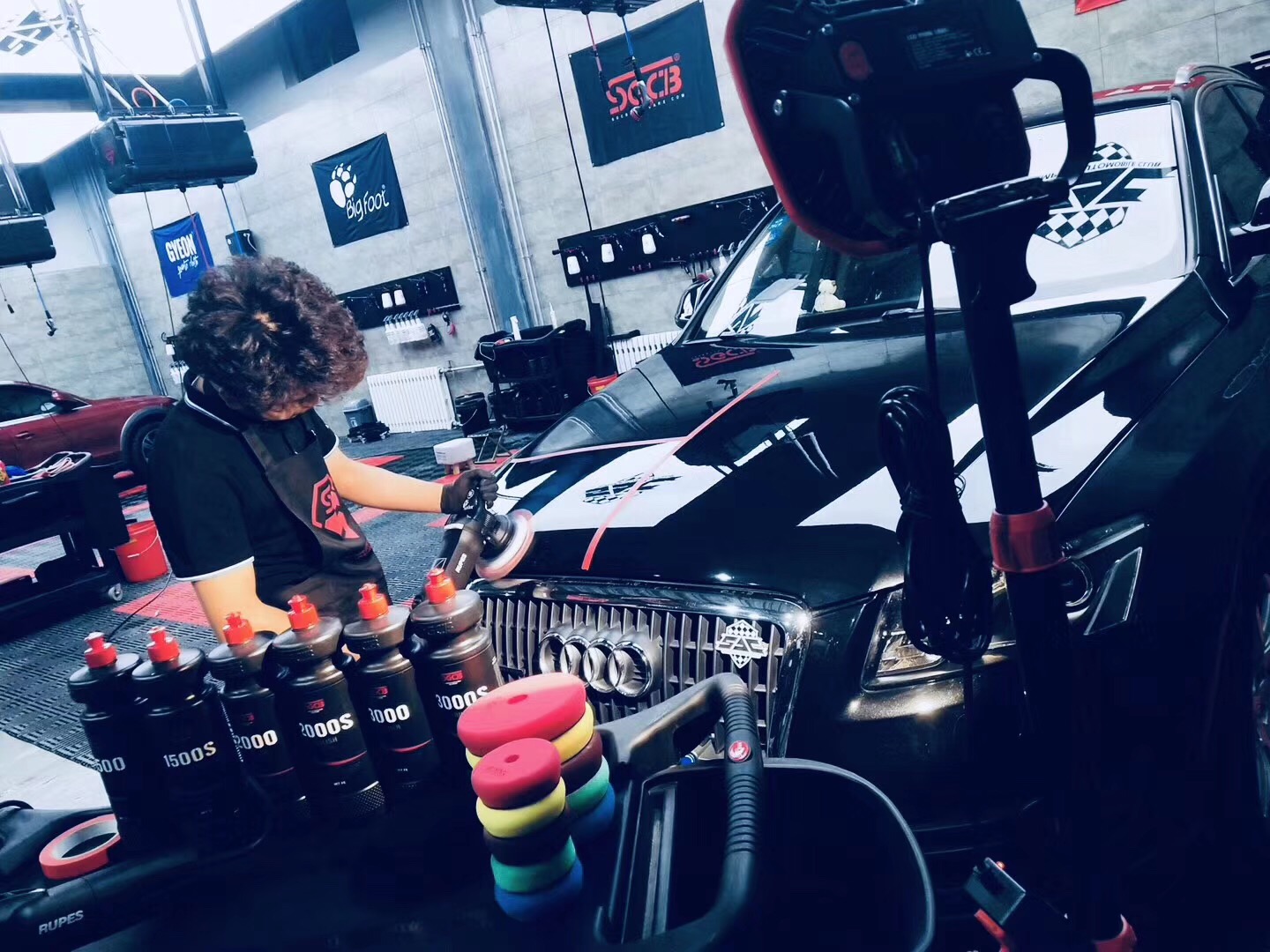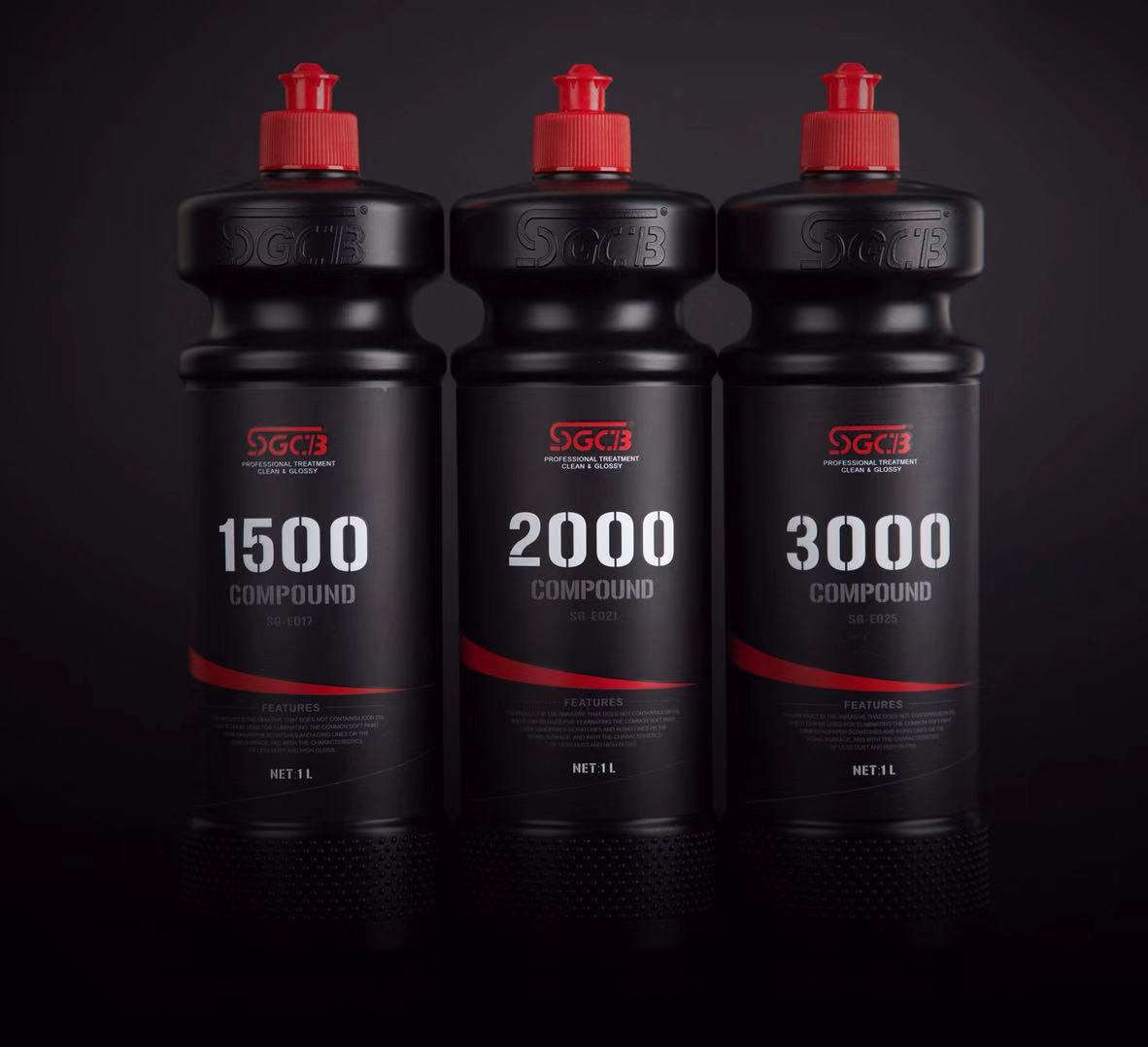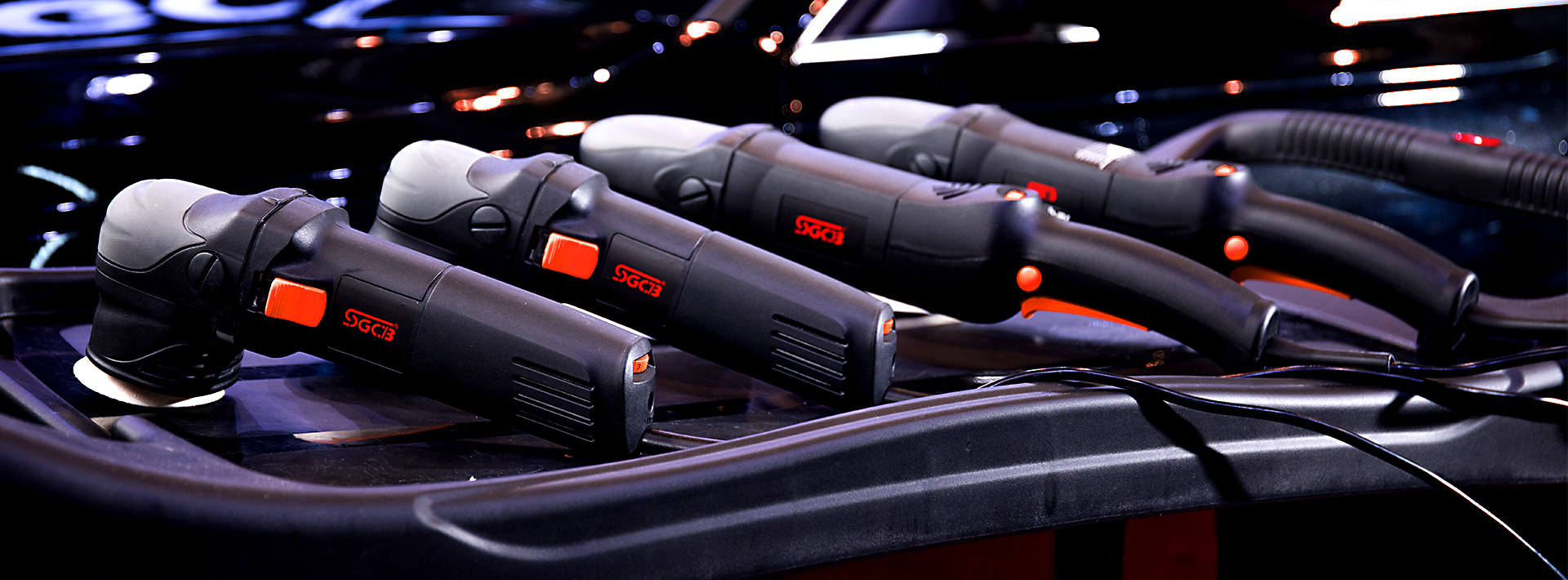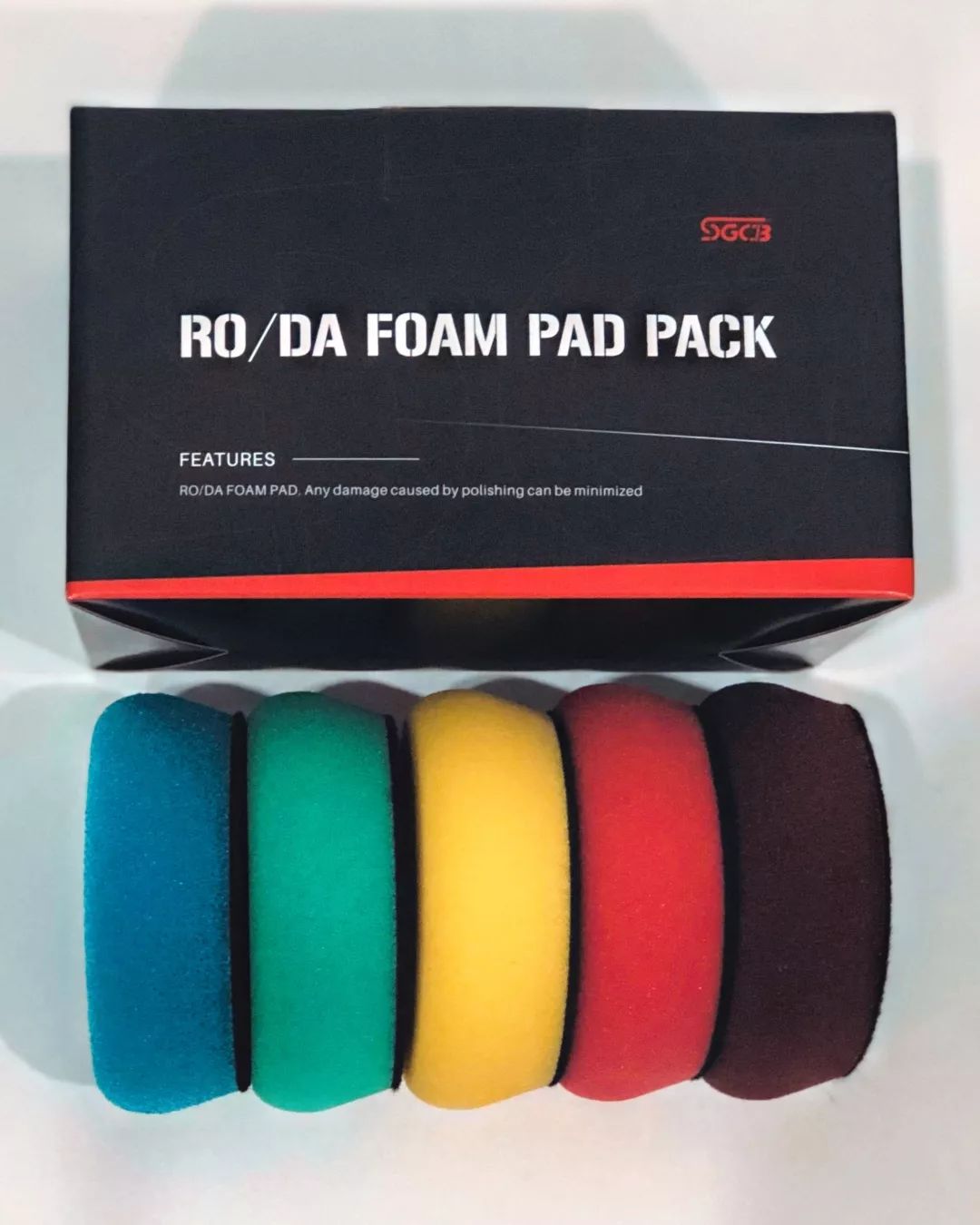The caustic soda decomposition method has two methods: a liquid alkali (aqueous solution of caustic soda) and a solid alkali method. The liquid alkali method is further divided into an atmospheric pressure method, a pressure cooking method, and a hot ball milling method. Most of the industry uses the liquid-alkali atmospheric decomposition method. Alkali decomposition of monazite concentrates In 1952, Indian Rare Eaith Ltd. built the world's first liquid-alkali decomposition in Alwaye, Travancore-Cochin. The factory of monazite concentrate. Until the early 1990s, the United States, Brazil, France, Malaysia, North Korea and other countries have also built a liquid alkali treatment of monazite concentrate. China's first liquid alkali decomposition monazite concentrate production line was put into operation at the Shanghai Yuelong chemical Plant in 1964. Liquid alkali decomposition of monazite concentrate production of rare earth chloride is mainly composed of liquid alkali decomposition, comprehensive recovery, preferential dissolution, and radium removal. In the liquid-base decomposition, the rare earth and strontium in the monazite concentrate react with the lye to form a hydroxide precipitate: REPO4+3NaOH=RE(OH)3↓+Na3PO4 (1) Th3(PO4)4+12NaOH=3Th(OH)4↓+4Na3PO4 (2) Phosphorus forms soluble Na3PO4 and is transferred to the decomposition liquid. Since the hydroxide formed on the surface of the concentrate particles during the decomposition process hinders the continuous reaction of the liquid alkali with the rare earth inside the ore particles, the concentrate must be wet ground to a size of 0.043 mm before decomposition, and then mixed. A 50% solution of NaOH was reacted at a temperature of 413 K for about 5 h. The actual amount of alkali used is about 1.5 times the mass of the concentrate. The decomposition process is carried out in an externally heated steel reactor. After the decomposition of the lye is completed, the excess NaOH contained in the decomposition liquid and the newly formed Na3PO4 must be comprehensively recovered. The recovery method is to dilute and wash the decomposition product with hot water, and after filtration, recover Na3PO4 and the remaining caustic soda from the filtrate. The monazite concentrate contains about 25% P2O5, which is only lower than rare earth, so Na3PO4 is an important by-product of caustic soda decomposition of monazite concentrate. The main components of the filter cake are hydroxides of rare earths, strontium, iron, etc., and the rare earths and other elements are used to preferentially dissolve the rare earths with dilute hydrochloric acid: RE(OH)3+3HCl=RECl3+3H2O (3) At the end of the preferred dissolution, the pH of the solution is about 4.5, at which point ruthenium, uranium , iron, etc. remain in the filter cake. The filter residue obtained by filtering the preferentially dissolved product is a raw material for extracting uranium and thorium (see separation of uranium and lanthanum from rare earth elements). The filtrate obtained by filtration also contains trace amounts of cesium, radioactive mutated products of uranium 226Ra and 228Ra, which must be subjected to deraising treatment. Both radium and strontium belong to group IIA, and their sulfate solubility products are small (1.1×10-10 for BaSO4 and 4.2×10-11 for RaSO4 at 298K). Adding BaSO4 to the filtrate allows the radium to be precipitated by the BaSO4 carrier tape: Ba2+(Ra2+)+2SO42-=BaSO4(RaSO4)↓ (4) The supernatant after radium removal is pure RECl3 solution, which can be directly concentrated and crystallized to precipitate mixed rare earth chloride products. It can also be firstly extracted by P204 solvent extraction (see rare earth element leather separation and group separation) to obtain mixed light rare earth chloride and medium weight. Two products of rare earth enrichment. Rhone-Poulene's plant in La Rochelle, France, uses a liquid alkali decomposition of monazite concentrate in a cooker. Since the temperature of the cooker is higher than that of the atmospheric pressure vessel, the decomposition reaction of the monazite concentrate can be accelerated, thereby shortening the decomposition time and reducing the alkali consumption. Compared with the concentrated sulfuric acid method for the decomposition of monazite concentrate (see the decomposition of rare earth concentrate sulfuric acid method), the liquid alkali decomposition method has two major advantages: (1) the decomposition reaction does not produce sour gas, and the total waste produced by the whole process is small; (2) Economically reasonable, rare earth, phosphorus, uranium and thorium, which account for more than 90% of the weight of the monazite concentrate, are recovered. The sodium in the decomposing agent sodium hydroxide is used as a by-product of the by-product Na3PO4 • 12H2O. However, there are also problems such as the use of finely grounded high-quality concentrates, because concentrates contain more impurities and increase the consumption of alkali. Baiyun Obo mixed rare earth ore concentrate caustic soda decomposition Baiyun Obo mixed rare earth ore concentrate contains high calcium (combined CaO 5% ~ 10%), calcium mainly in the form of fluorite (CaF2). Excessive calcium content will not only lead to a decline in the quality of the mixed rare earth chloride product, but also a decrease in the yield of the rare earth. China has developed methods to remove calcium from concentrates. The Baiyun Obo mixed rare earth ore concentrate contains two kinds of rare earth minerals, bastnasite and monazite. In the case of alkali decomposition, in addition to the reaction of monazite and caustic soda (1), the reaction of bastnasite and caustic soda occurs: RECO3+3NaOH=RE(OH)3+Na2CO3+NaF (5) The main factors affecting the decomposition of rare earth minerals are decomposition temperature and caustic soda concentration. Higher decomposition temperatures and higher caustic soda concentrations can accelerate the decomposition reaction. The boiling point of the caustic soda increases as the concentration of caustic soda increases, so increasing the concentration of caustic soda can also increase the temperature at which the atmospheric caustic soda is decomposed. However, if the concentration of caustic soda is too high, the decomposition products will be too thick and affect the reaction. In 1982, China used a solid-base electric field to decompose the Baiyun Obo mixed rare earth ore concentrate. The method comprises the steps of: mixing the calcium-depleted concentrate (water content 12% to 14%) with a solid base and stirring for 10 minutes, and then charging the decomposition equipment for 15-20 minutes. The temperature of the last 7-8 min material reached 453K. Because the concentrate contains water, the alkali is easy to absorb moisture, so this reaction is actually the reaction of concentrated caustic soda and minerals, but there is still a solid base in the decomposition equipment, so there is a dead angle that the decomposition reaction is difficult to carry out. The electric field decomposition time is short, and the energy consumption and alkali consumption are low. In 1985, China adopted the Baiyun Obo mixed rare earth ore concentrate method after removing calcium in an electrically heated reactor. The method uses a solution containing 60% to 70% of caustic soda and decomposes at a temperature of 433 to 453 K for 40 minutes. This decomposition process is simple in operation and low in alkali consumption. Since the price of caustic soda is much higher than that of sulfuric acid, the scale of treatment is far less than that of concentrated sulfuric acid. The process of decomposing rare earth chloride by the caustic soda process of the Baiyun Obo mixed rare earth ore concentrate is similar to the production of rare earth chloride by the alkaline decomposition of monazite concentrate. The decomposition products are washed with water, filtered, and preferentially dissolved in rare earth, concentrated, crystallized, etc. Finally, a mixed rare earth chloride product is obtained. Or after preferentially dissolving the rare earth in hydrochloric acid, the mixture is extracted by solvent to obtain a mixed light rare earth chloride and a medium heavy rare earth enriched product. It has not been found that there are radium isotopes in the Baiyun Obo mixed rare earth ore concentrate, so there is no need to set up a radium removal process in the whole process. The soda ash roasting (or sintering) method of soda ash is sodium carbonate (Na2CO3). In 1958, the Soviet Union used roasting (sintering) of soda ash to decompose monazite concentrate. In 1963, China began to study the use of soda ash to roast the Baiyun Obo mixed rare earth ore concentrate, which was used in industrial production around 1970. The former Soviet Union has also conducted research on the decomposition of rare earth fluorocarbonate and phosphate mixed concentrate by soda ash sintering. The soda ash is added according to 10% to 30% of the mass of the Baiyun Obo mixed rare earth ore concentrate, and after being mixed and calcined at a temperature of 873 to 973 K, the rare earth mineral can be decomposed to form RECO3, and the Ce shake in the concentrate is oxidized to ce", For the subsequent operation, the bismuth is separated from other rare earths. After the roasting ore is ground, the non-rare earth impurities are washed away with water and dilute acid, and then the rare earth impurities are leached with a solution containing 0.25 mol/L of sulfuric acid. The formation of Ce4+ and F- in the leaching solution complexes as a F concentration of the leaching solution too low, the rare earths and cerium oxide leaching rate was significantly lower after leaching was filtered, the organic phase filtrate was extracted with 1mol / LP204-0.2mol / LTBP- coal oils of Ce4 +, to give a purity of more than 99.9% of CeO2. F- because the leachate and containing iron, silicon and other impurities, the extraction process is easy emulsification. emulsified boric acid generated is suppressed due to F-. The rare earth mixed concentrate used in the former Soviet Union consists of strontium bromide (Y, Ca) FCO3•CaCO3, xenotime, monazite and fluorite. The concentrate has a low grade (average of about 6% RE2O3) and also contains a large amount of fluorite, iron minerals, mica and zircon , and the mineral content varies greatly. The rare earth mineral is decomposed into soluble carbonate or sulfate by calcination at a temperature of 1173K with 30% Na2CO3 + Na2SO4 as the decomposing agent. Fluorite contributes to the decomposition of rare earth minerals. When the concentrate contains more than 15% fluorite, the rare earth mineral is calcined at a temperature of 1273K without decomposition. Looking forward to the measurement of environmental protection, comprehensive utilization of resources, economic benefits, etc., the liquid-alkali decomposition of monazite concentrate is a good method, and is therefore adopted by most factories in the world that deal with monazite. However, the alkali solution containing 50% of caustic soda is generally decomposed under normal pressure, and the alkali consumption and energy consumption are high, and the decomposition time is long, so that it is extremely desired to be improved. The improvement direction is from the process and equipment, and it is carried out around the enhanced decomposition conditions (such as appropriate increase of decomposition temperature), which is an effective way to reduce consumption, improve efficiency and reduce costs. The research results and industrial practice of caustic soda decomposition of Bayan Obo mixed rare earth ore concentrate can provide reference in these aspects. The fluorocarbon antimony ore from the Baiyun Obo mixed rare earth ore concentrate is separated from the monazite, that is, the mixed concentrate is divided into two kinds of concentrates (see Baiyun Obo mixed rare earth ore), and the different characteristics of the two minerals are separately treated: The monazite concentrate is decomposed by caustic soda method to prepare mixed rare earth compounds, and the phosphorus is also comprehensively recovered; the fluorocarbon antimony concentrate is decomposed by oxidative roasting, Ce3+ is simultaneously oxidized to Ce4+, and then single rare earth separation is carried out (see separation and purification of rare earth elements). . This is the best treatment plan for the Baiyun Obo mixed rare earth ore concentrate.
Here are six types of compounds to Paint Correction:Polishing Compound, cutting compound, finishing compound. match our new pads , car polishers ,some peoples will choose bigfoot polishers, Wool Pads , that almost can be solve different scratches.:
Sure,during polishing, here should be used LED work light to look for scratches:
If you wanna know more about it. Pls do feel free to contact with us !
Paint Correction Car Polishing Tools,Polishing Compound,Car Paint Compound, Paint Correction,Car Detailing Supplies, Car Polish Compound,Car Polish,Dallas Paint Correction SGCB COMPANY LIMITED , https://www.sgcbautocare.com






Alkaline decomposition of rare earth concentrate
There are mainly caustic soda decomposition and soda ash roasting. The former is mainly used to decompose xenotime and monazite concentrate, which is mainly used for mixing concentrate and exploded bastnasite monazite.